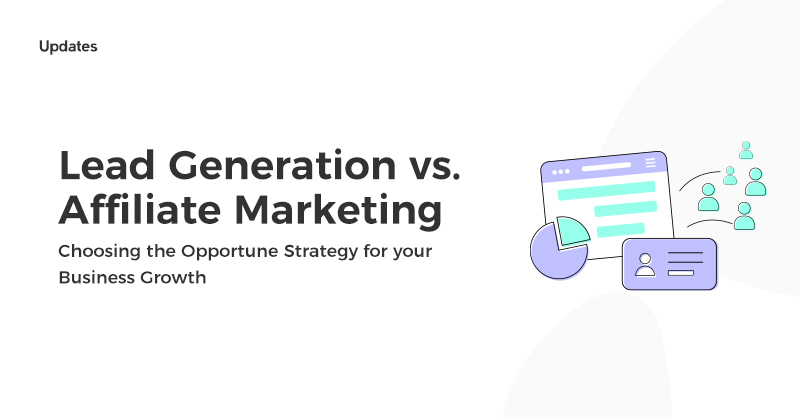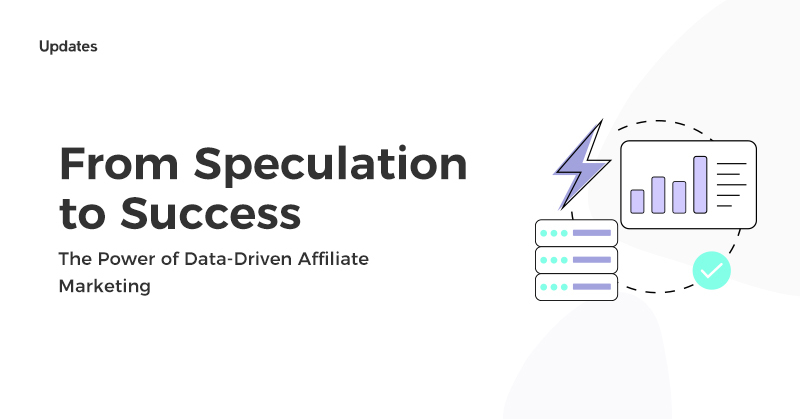
Share
Performance marketing thrives on understanding customer needs and tailoring campaigns that appeal directly to them. In a world where customers are bombarded by ads, cutting through the noise with the right message for the right person is important. Customer segmentation strategies are at the heart of this approach. By dividing customers into smaller groups based on shared traits, performance marketers can design targeted campaigns that speak directly to each group, resulting in increased engagement and better conversion rates.
What is a Customer Segmentation Strategy?
Understanding what is a customer segmentation strategy helps clarify its importance in performance marketing. At its core, customer segmentation means dividing a larger audience into specific groups based on common characteristics, like age, location, purchasing habits, or interests. This focused approach enables brands to tailor messages, product recommendations, and even customer service methods for each segment, thereby meeting specific needs and driving sales. Let's dive into some of the most effective customer segmentation strategies and explore how they can make a difference in performance marketing.
1. Demographic Segmentation: Understanding Your Audience’s Basics
Demographic segmentation is one of the most popular customer segmentation strategies because it’s straightforward and accessible. By segmenting customers based on demographics—like age, gender, income, education, and occupation—brands can create content that feels relevant and personalized. For example:
-
Age: Younger audiences may respond more to trendy, playful language and visuals, while older segments might prefer more detailed, straightforward information.
-
Gender: Marketing messages can be tailored to align with preferences often associated with different genders, such as beauty products for women or sports gear for men.
-
Income Level: High-income segments might respond better to premium, luxury items, while middle-income groups might be interested in budget-friendly products.
This segmentation approach can be the first step in creating targeted campaigns that speak to broad audience characteristics while opening up further personalization opportunities.
2. Geographic Segmentation: Leveraging Location-Based Insights
Geographic segmentation focuses on dividing audiences by their physical location—be it country, region, city, or even neighborhood. This type of segmentation is valuable for performance marketing, as it can adjust content, product offerings, or seasonal promotions to match local trends, climates, and cultures.
Imagine a sports retailer using geographic segmentation to target different regions. In the summer, they might promote beachwear and water sports gear to coastal areas while emphasizing hiking and camping gear for customers in mountainous or forested regions. Similarly, a food delivery app might prioritize specific cuisines or dietary preferences depending on the local tastes in each city.
Geographic segmentation can enhance the relevance of ads, especially when combined with dynamic localization techniques like automatically updating language or currency.
3. Behavioral Segmentation: Targeting Based on Actions
Behavioral segmentation focuses on customers’ interactions with the brand—think of it as a look into their engagement, past purchases, or browsing habits. By identifying these behaviors, marketers can create customer segmentation strategies tailored to user actions, making campaigns more relevant to those who are already showing interest.
For instance, if a customer has frequently browsed electronics but hasn’t made a purchase, they could be targeted with special offers or product recommendations. Similarly, users who have bought workout gear in the past may be interested in a loyalty discount on fitness-related items.
Behavioral segmentation can also help in retargeting efforts, especially in performance marketing, where converting leads quickly is important. Segmenting based on behaviors like “cart abandoners” or “returning visitors” helps marketers design retargeting ads with a sense of urgency, often leading to increased conversions.
4. Technographic Segmentation: Reaching Audiences Based on Technology Use
Technographic segmentation is becoming increasingly important. This method divides customers by their technology preferences, such as devices used, apps, platforms, or even specific software tools. Performance marketers can tailor campaigns based on these details, ensuring that ads meet the audience in the right digital spaces.
For example, brands aiming to engage Gen Z might focus heavily on mobile and social media platforms like Instagram, TikTok, or Snapchat, where this group is most active. Alternatively, a B2B tech company may prioritize LinkedIn campaigns and deliver content geared toward desktop users, aligning with the professional context of their product.
Technographic segmentation helps marketers reach customers through the technology they’re already using, making interactions seamless and convenient. This approach aligns with the goal of meeting customers where they are and delivering ads in a manner that feels natural to the user experience.
5. Firmographic Segmentation: Customizing B2B Campaigns
While most segmentation methods focus on B2C, firmographic segmentation caters to B2B businesses. This strategy involves segmenting organizations by characteristics like industry, size, revenue, and location. Firmographic customer segmentation strategies allow marketers to align their campaigns with the specific needs and pain points of businesses in each segment.
For instance, a software provider might promote enterprise solutions to larger companies,while targeting startups with lighter, cost-effective software packages. Similarly, marketing materials for industries like finance or healthcare can include compliance-focused language to address these sectors' unique regulatory requirements.
Firmographic segmentation helps tailor B2B offerings more precisely, improving relevance and making it easier for decision-makers to see the value of a solution within their business context.
Importance of Psychographic Segmentation in Performance Marketing
Psychographic segmentation is a more in-depth approach, categorizing customers based on lifestyle, values, and interests. Unlike demographics, which tell us “who” a person is, psychographics tell us “why” they make certain choices. This distinction is valuable for performance marketers because it can foster an emotional connection between the brand and the customer, leading to higher engagement rates.
For example, a brand focused on sustainable fashion could segment environmentally-conscious customers and highlight eco-friendly manufacturing processes in ads targeted toward them. Similarly, health-conscious segments can receive personalized ads promoting organic products or wellness supplements.
Psychographic segmentation can also guide product development, helping companies understand what resonates with each segment on a deeper level and ultimately leading to more meaningful customer interactions.
The Benefits of Implementing Customer Segmentation Strategies
Customer segmentation isn’t just about grouping people or businesses together; it’s about understanding your audience at a granular level and delivering messaging that fits their unique profiles. Implementing customer segmentation strategies can help performance marketers maximize ad performance and achieve business objectives more effectively. Here’s a summary of the benefits:
-
Increased Personalization: Customer segmentation allows marketers to create highly targeted content that speaks to each segment’s preferences, boosting engagement and building stronger brand loyalty.
-
Efficient Budget Allocation: By focusing ad spending on segments most likely to convert, marketers can achieve higher returns on their investment and avoid wasteful spending on broad audiences.
-
Higher Conversion Rates: Targeted campaigns reach audiences who are more receptive to the message, leading to improved click-through rates, engagement, and, ultimately, conversions.
-
Better Product-Market Fit: Segmentation can inform product development and refinement, helping brands adjust their offerings based on each segment’s needs.
Altogether, these benefits make customer segmentation a powerful approach for performance marketers who want to maximize their impact with precision.
Aligning Customer Segmentation Strategies with Performance Marketing Goals
Successful performance marketing campaigns rely on precise targeting and measurable outcomes. Customer segmentation supports these goals by helping marketers define and track progress for each segment, enabling data-driven decisions and a continuous improvement approach. Here are two critical elements to consider when aligning segmentation with performance marketing:
Tracking Segment Performance Over Time
It’s essential to monitor how each segment responds to different marketing messages and strategies. This tracking can reveal which segments have the highest conversion rates, where engagement is lagging, and whether certain groups are more likely to respond to a particular type of offer. Tracking tools like Google Analytics or CRM systems can help analyze segment-specific performance and adjust strategies accordingly.
Adapting Segmentation as Customer Behaviors Evolve
Customer needs and preferences change over time. By periodically revisiting segmentation criteria, marketers can identify emerging trends within each segment and adjust their targeting accordingly. This adaptability makes sure that campaigns remain relevant and resonate with audiences even as their preferences shift.
Conclusion
Customer segmentation strategies offer performance marketers a way to reach audiences more effectively by aligning content with specific customer needs and interests. Whether focusing on demographics, behaviors, or psychographics, each segmentation strategy helps narrow down a broad audience into defined, actionable groups. This makes it possible to engage with each customer on a personal level, ultimately enhancing conversion rates and maximizing returns.
As performance marketing continues to evolve, implementing robust segmentation strategies will only become more essential. From optimizing ad spending to tailoring messages for different customer needs, segmentation empowers brands to deliver high-impact campaigns that resonate with their audiences and drive meaningful results.



